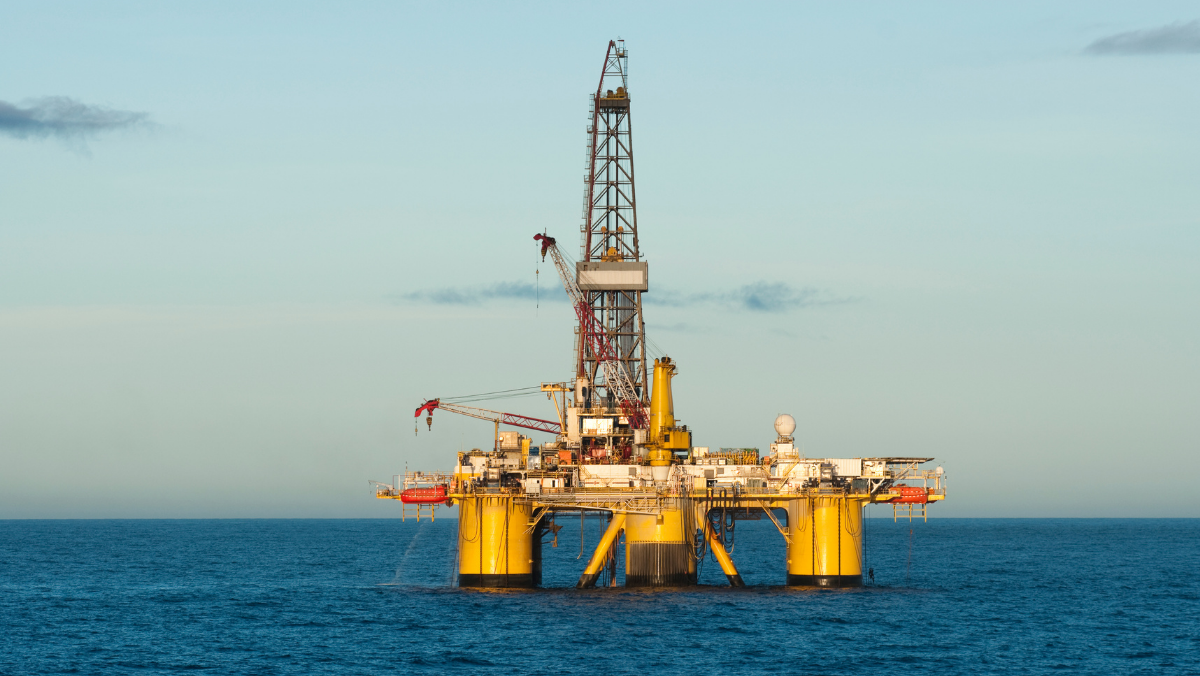Not known Facts About Noble gets rid of five cold-stacked floating rigs - Offshore Energy


Offshore Rigs for Sale - Drilling Rigs for Sale - Oilfield Equipment - Offshore Rigs and Vessels

Diamond Offshore files for Chapter 11 bankruptcy - WorkBoat

Gulf of Mexico lease sale set for November - WorkBoat
The Facts About 90% Off Sale On Offshore Drilling Rigs? - OilPrice.com Revealed

used as heave-motion compensators Rotaries were gimbaled to make up for roll and pitch The derrick was placed at midship over a hole in the vessel called a"moonpool."Blowout preventers(BOPs)were operated on casing to the seafloor Re-entry into the well was through a funnel above a rotating head (riserless drilling is not brand-new Mud pits were put in the hull with mud pumps Living quarters were added It was an interesting and amazing time, thinking about that everybody was beginning with a blank sheet of paper. 4 shows the Humble SM-1 drilling barge(204 34 13 ft)built and owned by Humble Oil and Refining Co.(now Exxon, Mobil) in 1957. Fig. 5 reveals the subsea devices utilized to drill the wells. Keep in mind that it has no marine riser. The Modest SM-1 drilled 65 wells for an overall cost of $11. The system balanced 8. 93 days per well and drilled approximately 324 ft/D. Regrettably, Mike Mulkern sank in a storm in 1961 while on loan to another operator. At the persistence of insurance coverage underwriters, the American Bureau of Shipping( ABS)composed and carried out, in 1968, the very first independent codes, guidelines, and guidelines worrying the design, construction, and assessments of MODU hulls. Charlie (bottom established)and Western Explorer (drifting )as the first MODUs, another idea for a MODU appeared in the
kind of a"jackup ". This kind of system floated to location on a hull with several legs standing out under the hull. As soon as on area, the legs were electrically or hydraulically jacked down to the ocean bottom, and after that the hull was jacked up out of the water.
